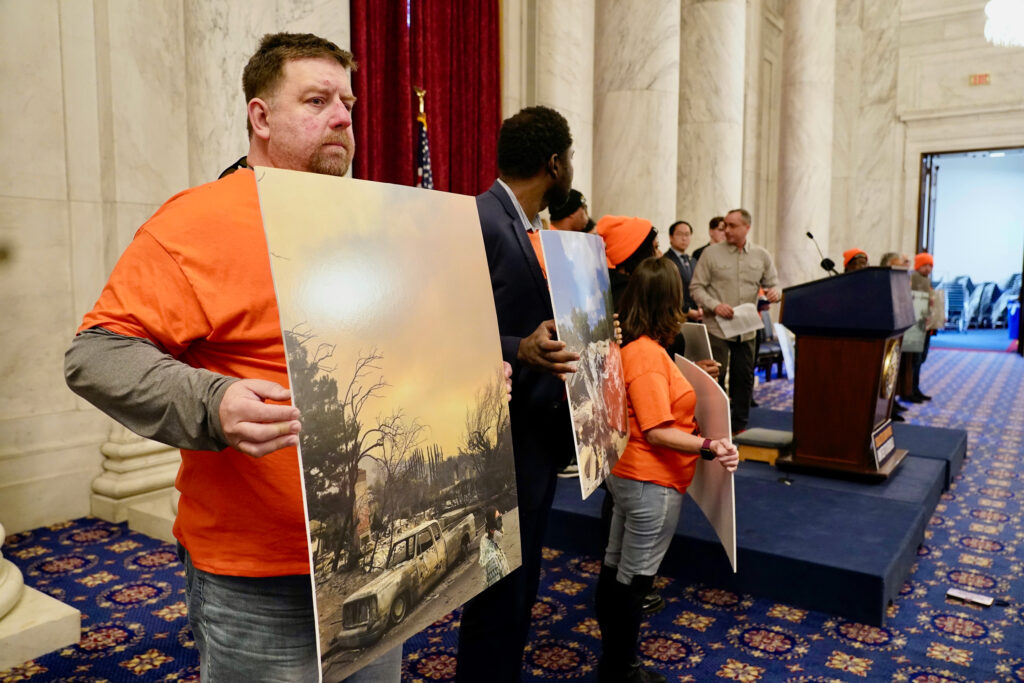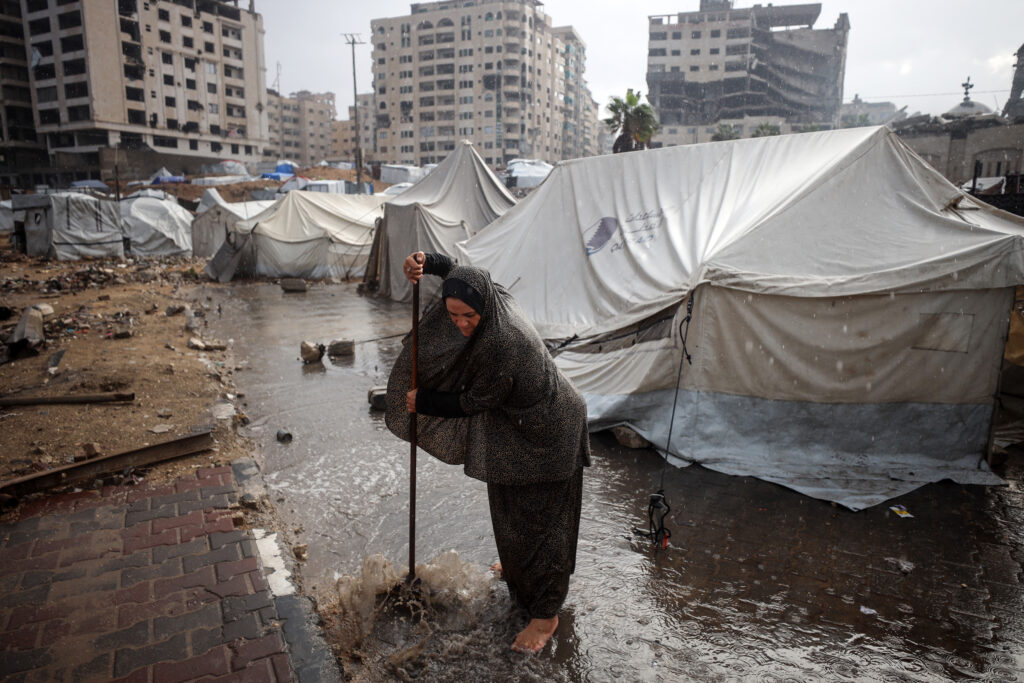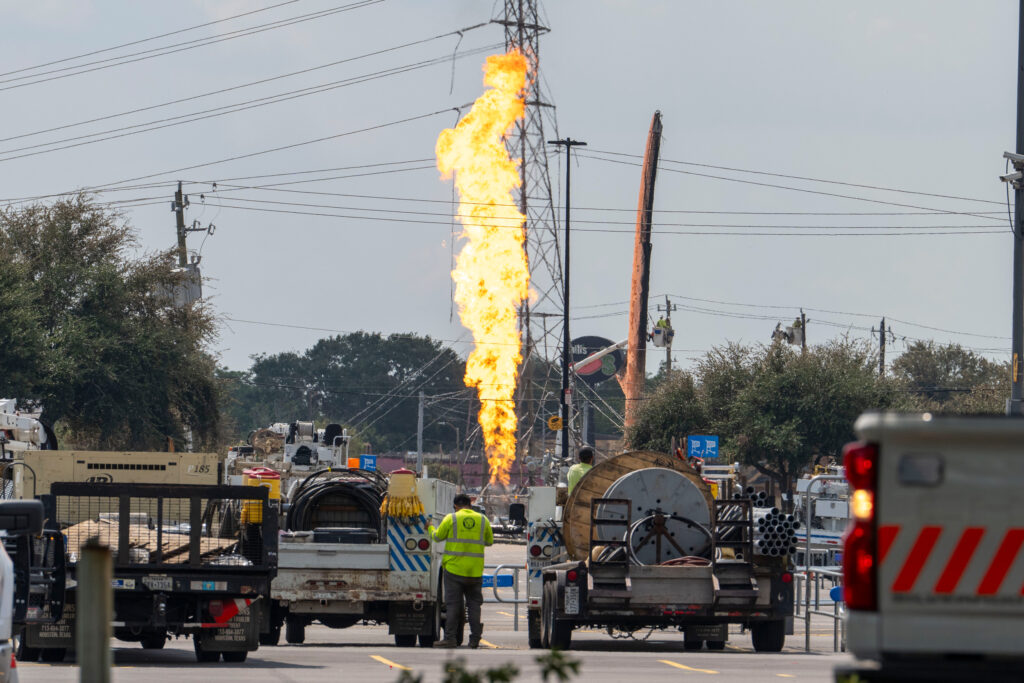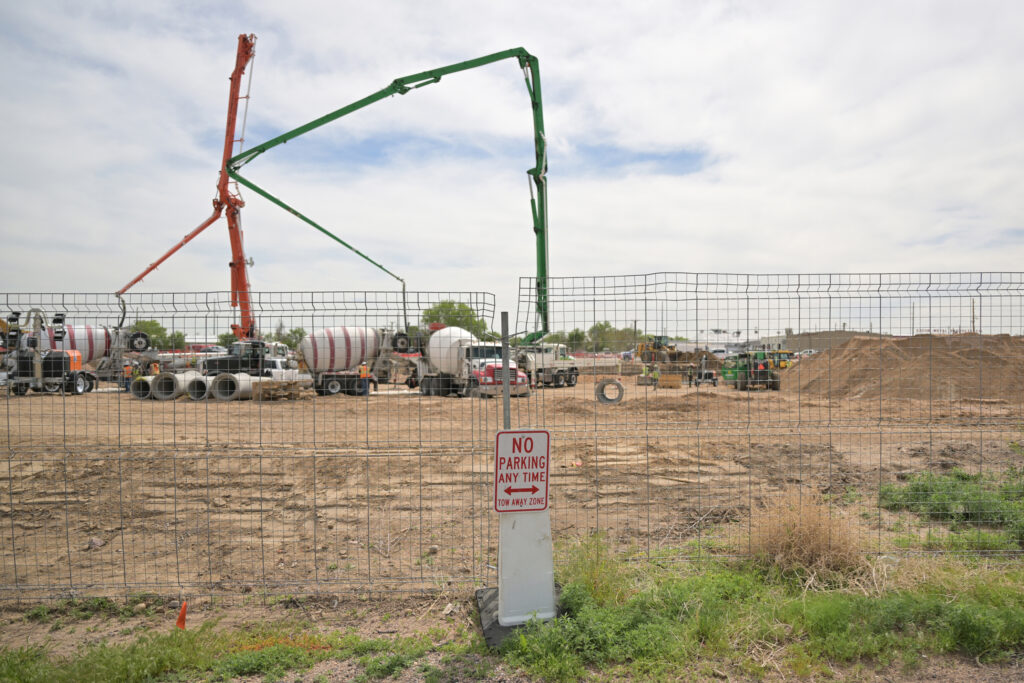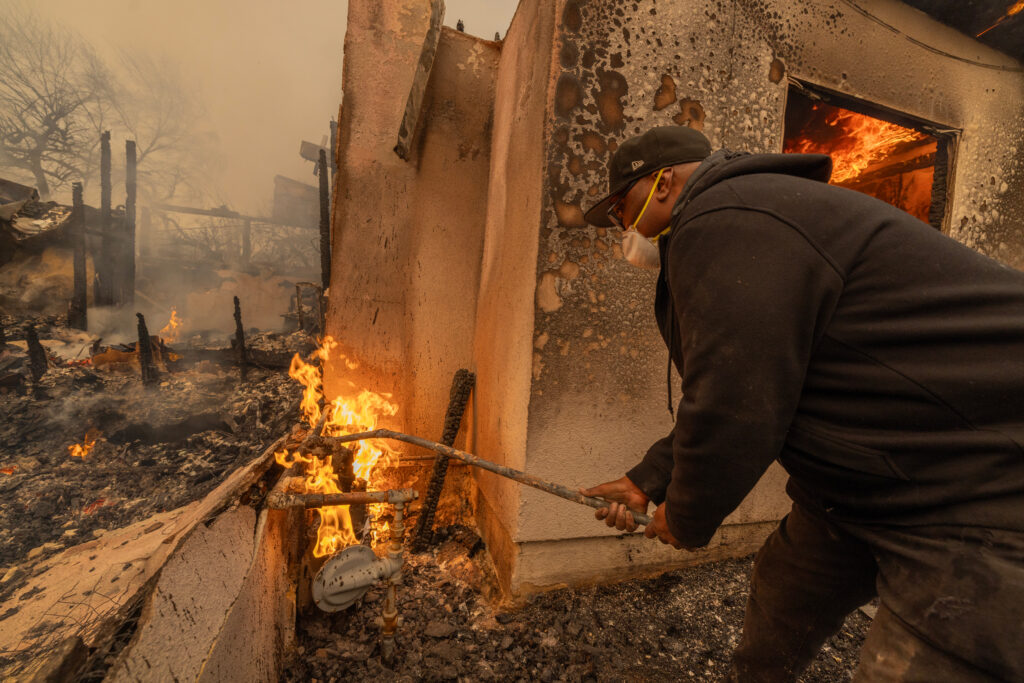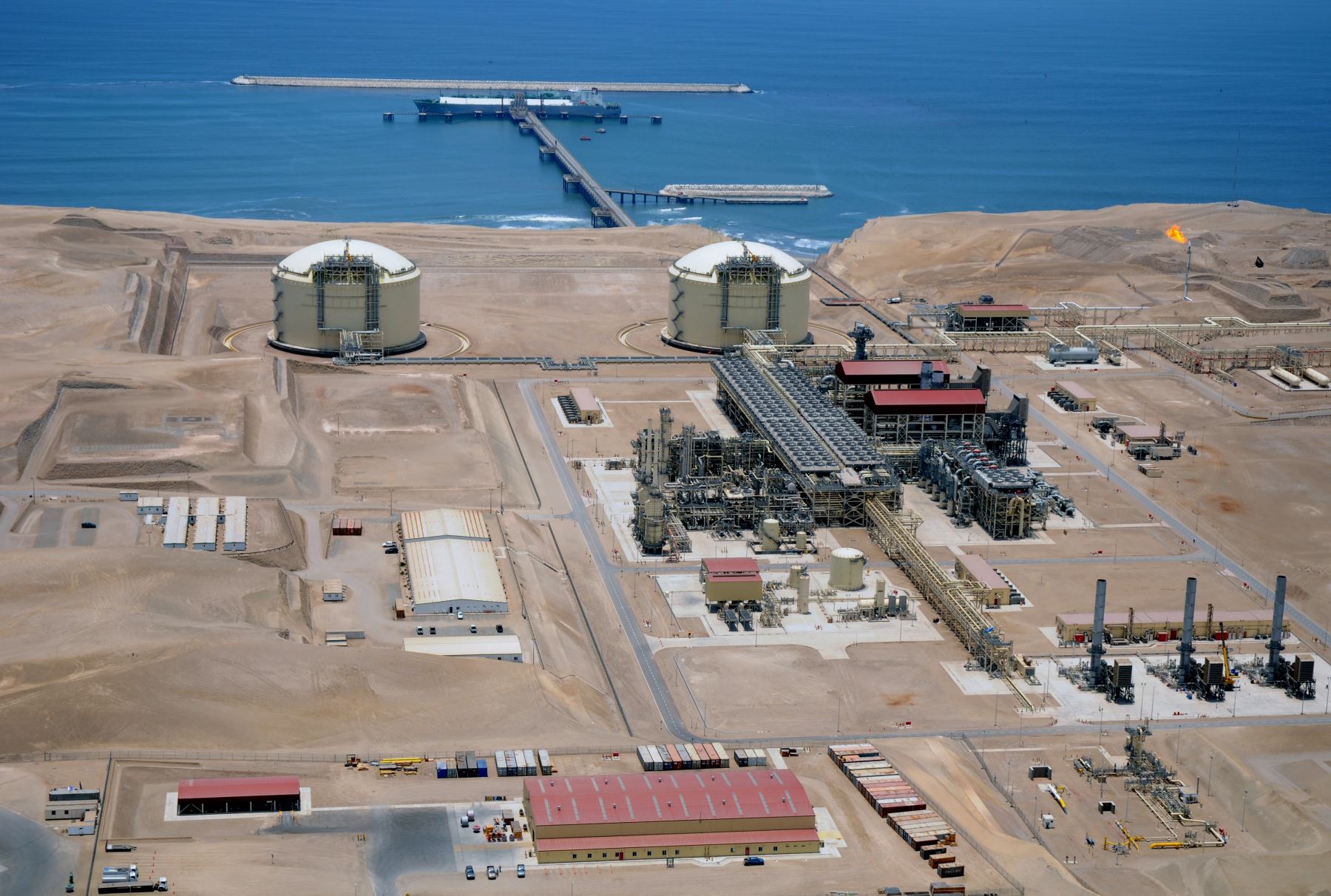Residents of La Oroya, Peru, known as one of the most polluted cities on Earth, have won a landmark victory from the Inter-American Court of Human Rights, which ruled last week that Peru was responsible for the physical and mental harm that a metallurgical facility’s pollution inflicted on 80 people.
Among the victims were two individuals whose deaths the court determined were caused by pollution from the La Oroya Metallurgical Complex, a century-old smelting and refining plant located in Peru’s Central Sierra region, about 50 miles northeast of Lima.
The Inter-American Court of Human Rights, based in Costa Rica, ordered the government of Peru to provide free medical care to the victims and to compensate each individual upwards of $30,000 each, which includes medical costs and amounts for pain and suffering, depending on each person’s specific circumstances. Representatives of the deceased victims will receive $65,000 each.
We’re hiring!
Please take a look at the new openings in our newsroom.
See jobs
Victims had documented respiratory, heart, skin and other diseases but lacked access to adequate medical care despite the federal government knowing of the links between the metallurgical complex’s pollution and the illnesses. The air, water and soil in La Oroya, a town of about 33,000 people, was so contaminated that one expert witness had referred to the area as a “sacrifice zone.”
Peru must also take steps to hold those responsible for the harm accountable, assess and remediate the environmental damage caused by the La Oroya Metallurgical Complex’s century of operations, publicly acknowledge the government’s malfeasance and install air, water and soil monitoring devices, among other remedies ordered by the court.
Victims reported receiving threats and facing harassment and reprisals from workers and others who defended the complex’s operations, but the government was not responsive, the court found. Victims were photographed, their homes were marked and they were told their homes would be burned down and they would be thrown into the Mantaro River, among other threats.
“States have the duty to prevent human rights violations produced by public and private companies,” the court wrote in its 144-page opinion, which found that Peru had violated residents’ right to a healthy environment and other rights.
Opened in 1922, the La Oroya Metallurgical Complex was first operated by the American company Cerro de Pasco Cooper, whose founders included industrial tycoons J. P. Morgan and Henry Clay Frick. The complex specializes in the smelting and refining of metals, which have high contents of lead and other heavy metals. The complex was nationalized for a period of about 23 years ending in 1997, when it was privatized and sold to a Peruvian subsidiary of the American-owned Renco Group. In 2009, operations at the complex were suspended due to environmental issues and debt. The complex partially reopened last year after ownership was transferred to a firm partially owned by the complex’s workers.
Since 1970, various studies have found high amounts of pollutants hazardous to human health in the air, water and soil of La Oroya which exceed national and international guidelines and standards for what is considered to be safe for human health. Those substances include arsenic, cadmium and sulfur dioxide. In 1999, tests carried out by the Peruvian General Directorate for Environmental Health (DIGESA) found that locals’ blood had three times the limit of lead established by the World Health Organization. Today, the WHO acknowledges that there is no safe level of lead exposure, which even at very low amounts can significantly affect childrens’ mental and physical development, and in some cases is fatal.

Last week’s ruling was the latest development in a more than 20-year legal battle mounted by the residents of La Oroya, who in 2002 filed a lawsuit in Peruvian courts against their government. Though Peru’s Constitutional Court ruled in 2006 that the government needed to adopt various health and safety measures, officials failed to comply with that court decision and the dispute ultimately ended up before the Inter-American Court of Human Rights.
“Twenty years ago, when this fight started, I was carrying my banner saying that the health of the children is worth more than gold,” Don Pablo, a resident of La Oroya, said in a written statement. “We never gave up, and now I am very happy with the Court’s decision.”
Rights advocates say the ruling, which found Peru exercised inadequate control over corporate pollution, sets an important precedent for thousands of communities around the world that are impacted by extreme amounts of industrial air, water and soil contamination.
David Boyd, U.N. special rapporteur on human rights and the environment, hailed the ruling as one of the strongest court decisions ever made in an environmental case and said the judgment is a watershed moment for the enforcement of the human right to a healthy environment, now recognized by 161 nations.
“Not only does [the judgment] provide long overdue environmental justice for the people of La Oroya in Peru, it also establishes a vital precedent that will be used by concerned citizens, communities, courts, and environmental human rights defenders all over the world,” Boyd said.
Neither the Renco Group nor the Peruvian embassy responded to requests for comment.
Peru is one of 20 countries that has accepted the Inter-American Court of Human Rights’ “contentious” jurisdiction, meaning the court has authority to determine whether those nations have violated rights recognized by the American Convention on Human Rights and other human rights treaties.
Peru must, within a year, report to the court on its compliance with last week’s judgment. If Peru fails to comply, the court can notify the General Assembly of the Organization of American States. While the Inter-American court lacks the authority to force compliance with its rulings, the OAS can exert political pressure on Peru to comply.
The case of Inhabitants of La Oroya v. Peru was the first ever “contentious” case before the Inter-American Court involving toxic pollution and followed a 2017 landmark advisory opinion from the court on human rights and the environment. That nonbinding ruling laid out the obligations governments have to prevent serious environmental harm within and outside their borders, including ensuring that people have the right to clean air, water, and a livable climate, as well as access to justice and environmental information.
Last week’s ruling affirmed aspects of the 2017 advisory opinion, including that a livable climate is part of the human right to a healthy environment.
“It is difficult to imagine international obligations with greater significance than those that protect the environment against illicit or arbitrary conduct that causes serious, extensive, long-lasting and irreversible damage to the environment in a climate crisis scenario that threatens the survival of species,” the court wrote in last week’s opinion.
Taken together, Inhabitants of La Oroya v. Peru and the 2017 advisory opinion could encourage activists to push governments and companies to meet their commitments under environmental treaties. Litigants from the Netherlands, Montana and Australia, among other places, have already won climate change-related victories in local courts based on claims rooted in human rights law. The Inter-American Court of Human Rights will hold hearings in Barbados and Brazil in April and May on a forthcoming advisory opinion on governments’ obligations for responding to climate change under various human rights’ laws. Boyd said he expects more climate change litigation based on the human right to a healthy environment to follow.
This story is funded by readers like you.
Our nonprofit newsroom provides award-winning climate coverage free of charge and advertising. We rely on donations from readers like you to keep going. Please donate now to support our work.
Donate Now
“The effectiveness of international climate agreements has been undermined by a lack of strong enforcement mechanisms, but human rights law can overcome that weakness,” he said.
Separate from the Inter-American Court of Human Rights litigation, the Renco Group has filed a lawsuit against the Peruvian government based on alleged violations of the U.S.-Peru free trade agreement, which provides foreign investors with certain economic rights, such as the right to “fair and equitable treatment” by the host government.
The case is the second so-called investor-state dispute settlement, or ISDS, lawsuit that Renco has filed against Peru related to the 2009 closure of the La Oroya complex, after the first case was dismissed on procedural grounds. In the second case, filed in 2019, Renco alleges, in part, that Peru expropriated the company’s investment and violated the fair and equitable treatment standard of its free trade agreement with Peru by imposing additional environmental requirements on the company while refusing to give the company the time it needed to fulfill those obligations. Renco also alleged that the brunt of contamination from the La Oroya complex occurred prior to its ownership in 1997.
Renco did not list a specified amount of damages, but in similar cases, companies that prevail on their claims have won awards against governments worth tens to hundreds of millions of dollars, or more.





